
Article
What Makes People Charismatic, and How You Can Be, Too
Simple tips to break through your social anxieties and make real, genuine connections with others.
The New York Times,
2019
Read or listen offline
Amazon Kindle
автоматическое преобразование текста в аудио
1×
Войдите, чтобы прослушать аудиоверсию краткого изложения.
автоматическое преобразование текста в аудио
Recommendation
Pop quiz hotshot: Think of someone who oozes charisma. Maybe you’ll conjure images of suave James Bond, captivating Beyoncé, or confident Barack Obama. Now try to define what it means to be charismatic. That’s a tougher task. Charisma is an enigmatic quality. You know it when you see it, but what exactly is that “it” factor? Journalist Bryan Clark attempts to define charisma and explain how you can increase yours.
Summary
About the Author
Bryan Clark is a journalist who examines the intersection of technology and culture. His work has appeared in The New York Times, Medium, Business Insider, and HuffPost, among others.
Learners who read this summary also read
Book
Book
Book
Book
Book








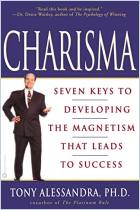
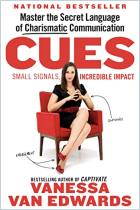
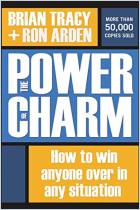
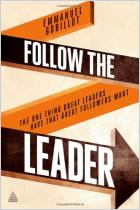
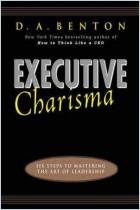

Comment on this summary or Начать обсуждение